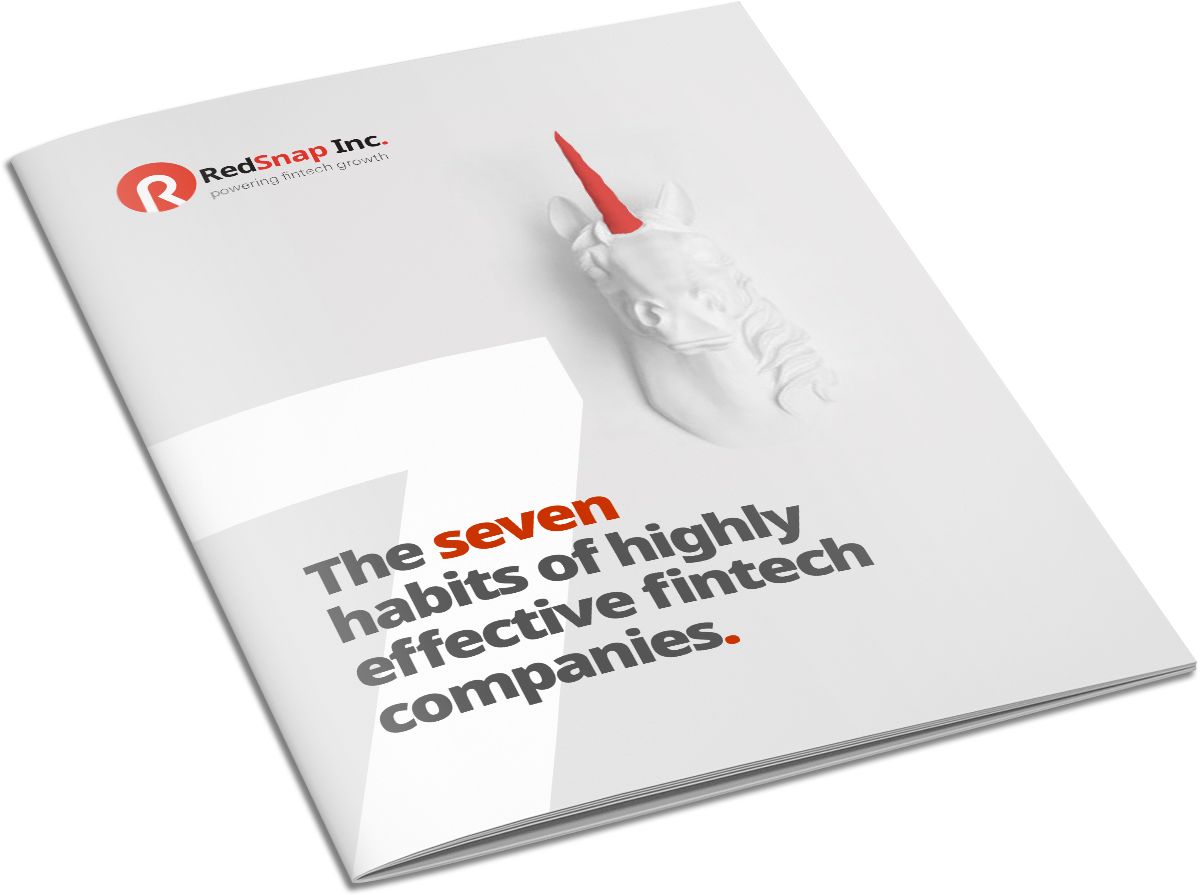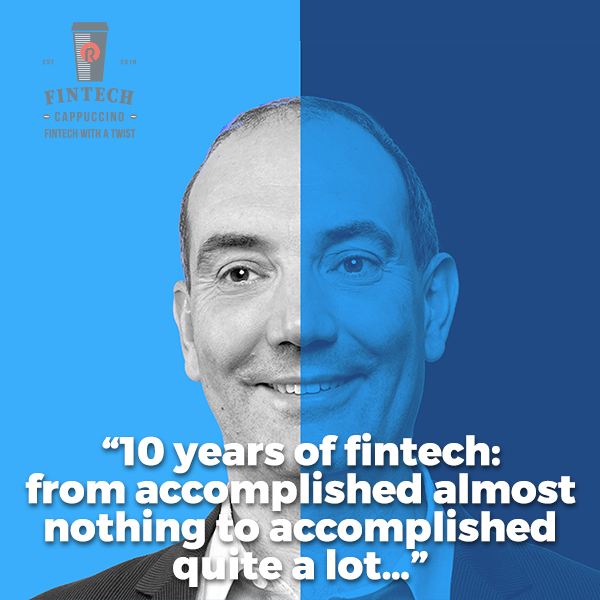The foundation of any successful go to market strategy ...
Marketing
Sales
Automation
For business leaders
For sales leaders
For marketing leaders
RedSnap Inc.
RedSnap Inc. is an agency for fintech branding, marketing & sales. We power fintech growth by aligning your marketing & sales. We develop appealing brands, impactful marketing campaigns and successful sales strategies that truly drive growth. Let’s simply say: we make sure your (potential) clients see you, like you and buy you.
For fintechs
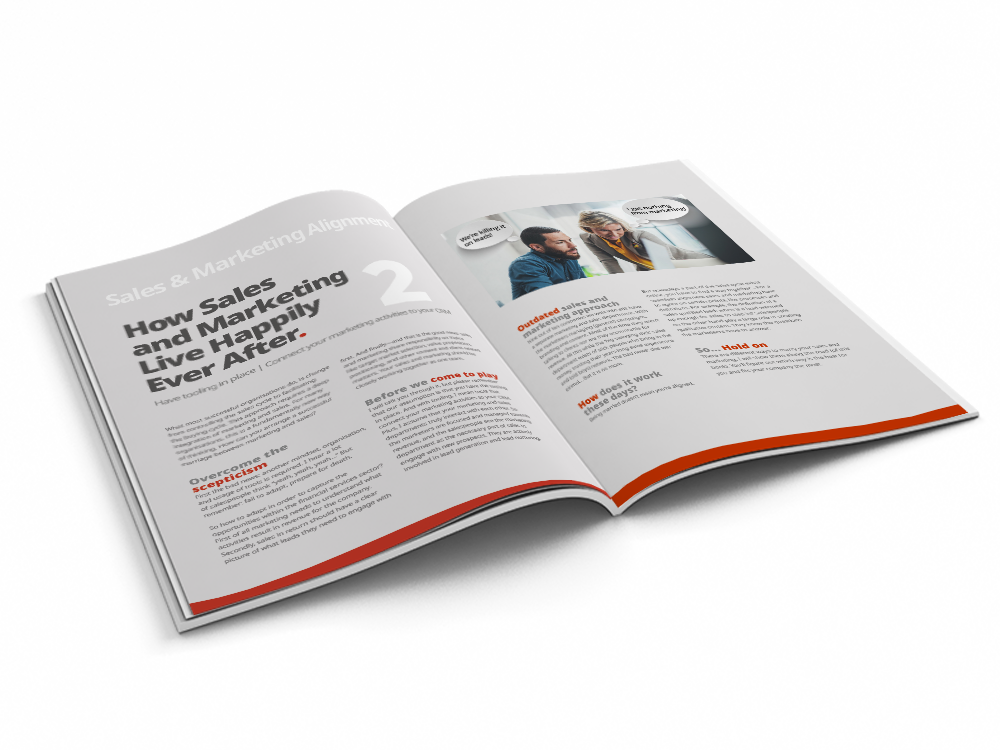
Download here.
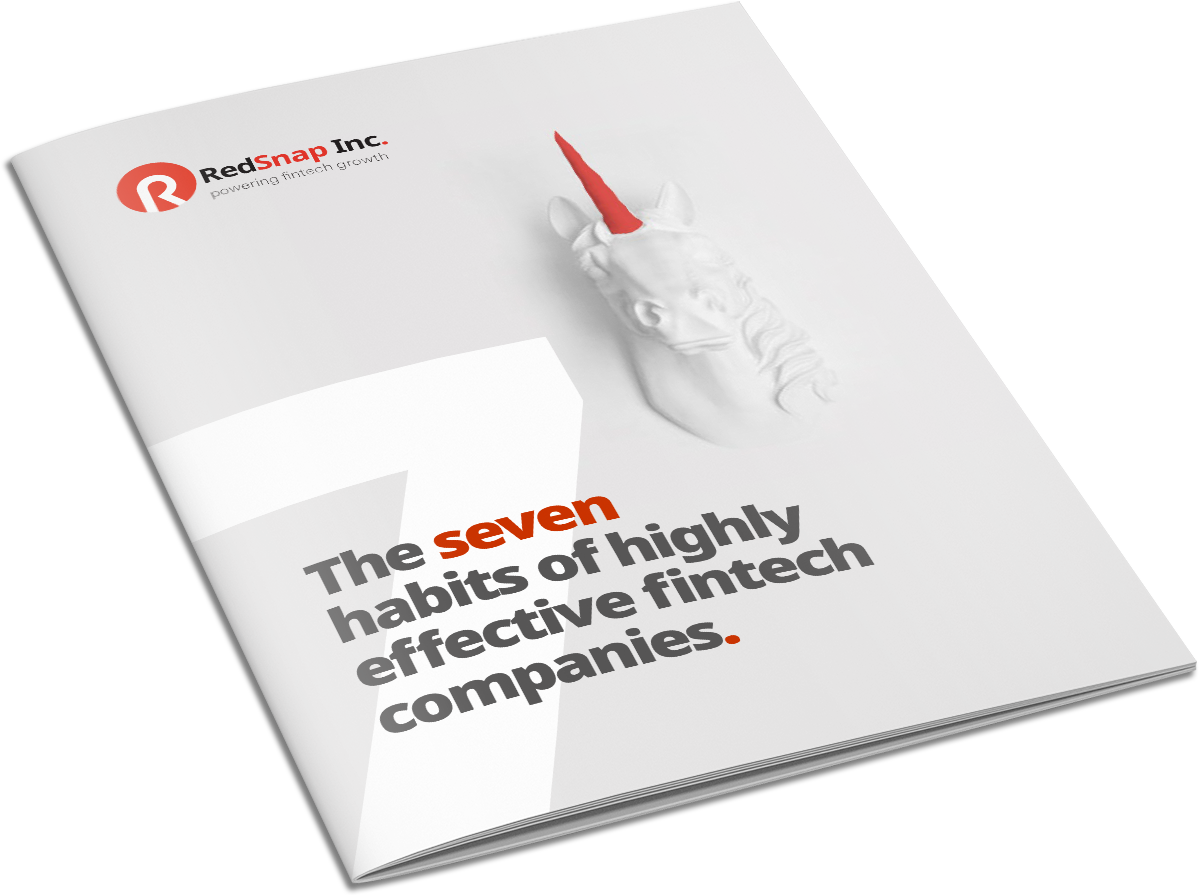
eBook 7 habits of highly effective fintech companies
Fintech
Mind the Gap!
Competition Analysis: the illusion of the special snowflake.

A lot of fintechs might feel the urge to skip the competition analysis. Simply because they feel they don’t have any competitors. Their product is a unique solution, so why bother with looking at what others do? Well, fintechs should worry because there is always some competition; ‘special snowflake-ness’ is an illusion.
The harsh but valuable reality of the audience overlap.
First of all, we do not want to crush your dreams of developing a unique tech solution for the financial services industry. Of course, it is possible, and we would never say otherwise. But even if your solution is one of a kind, there will always be an overlap in the audience of other solutions. This is just the way it works.
Never underestimate your competition.
Somehow, competition is underestimated by most (fintech) scale-ups. They are so focused on their own product and organisation that they don’t bother to look at other companies.
Of course, this is a missed opportunity because there is so much you can learn from your competitors. Like what they are doing, how they do it, whom they are talking to and where (geography), and last but certainly not least: what alliances they are forming.
Studying your competition is hard work. It takes effort, and not everyone is up to that. Sometimes one might get the impression that companies don’t want to know what the competition does, because they could find out that the competition is doing a better job (or find out their company is not the special snowflake they imagined it to be).
It is still in the eyes of the beholder.
One of the most important things fintechs need to realise is that it is not what the competition can or cannot do - but what they CLAIM they can do. It is all in the eyes of the beholder what your competition is.
Remember: you solve a problem for a bank. But most problems can be solved in several / more / other ways. Maybe you solve it in one way and are unique at that; you think it is the best way. But for sure there are more roads that lead to Rome.
When entering or growing into a market, most competition is from incumbents. Big technology companies have years to build relationships and have enterprise agreements with your (potential) client. Their solutions are at least as good in the eyes of the beholder. The big techs make it appear that they have the same technology (soon!) that your fintech offers. They just put it almost for free in the enterprise agreement that is already in place.
This sounds not like it’s fair, but this is what competition does to you if you ignore it.
Ooh la la: seductive positions.
Obviously, your competition analysis is linked to your positioning. It is all about asking yourselves deep questions like:
- Where do you want to place your company or brand?
- How do you want to occupy the minds and hearts of your customers?
- In what way do you distinguish your products and services from your competitors’?
Or to summarise, your competition analysis is essential to positioning your products and services in the best, most seductive way. Find an answer to the question of what problem you actually solve and why that is unique from your competition. The rest is easy now: know it and own it.
No competition, no market.
Although you might get the impression that competition is a nasty, time-consuming annoyance, it is actually a really good thing. Competition means in the end that there is a market where you can sell your products and services.
Please mind the gap between marketing and sales here as well. If you want to be successful, you must approach your competition with the joined forces from marketing and sales. Together you keep an eye on the market, make notes which companies make the same claims and check who the incumbents are at your (potential) clients. Do not forget to meet your competitors in real life at events like Money2021 or Sibos. Keep your friends close, your enemies even closer and lose the idea of being a special snowflake company.
In our next blog we will talk about Sales & Engagement approach. Subscribe here and receive our latest blog automatically in your e-mail box.
The Series
Mind the Gap.
-
From lead to deal1: The sales game has changedFacilitate the buyer's journey, change your mindset
Lack of structure and a lot of creativity. Are these the characteristics that come to mind when asked to describe a great salesperson? Not really right? Yet, the best sales people I know in the industry are not very structured, not very organised nor disciplined.
-
Sales & Marketing alignment2: How Sales and Marketing live happily ever afterHave tooling in place | Connect your marketing activities to your CRM.
In our article 'From lead to deal: The sales game has changed' we observed that successful organizations changed from controlling the sales cycle to facilitating the buying cycle. This approach requires a deep integration of marketing and sales. For many organizations this is a fundamentally new way of thinking. How can you arrange a successful marriage between marketing and sales?
-
Branding & identity3: Who do you think you are?How to get your branding in place.
Welcome to our ‘mind the gap’ article about brand & identity. Let’s first make sure we are all on the same page about the terminology because the language used is often misunderstood. Brand: Your brand is a combination of a visual identity, tone of voice and behaviour - most visibly expressed through your logo, taglines and images used in communication campaigns.
-
Positioning4: Finding the right positionPositioning is all about differentiation.
Welcome to our ‘mind the gap’ article about positioning. Here we will discuss the importance of positioning and how it can help you stand out from your competitors. How many times have you walked into a bank to pitch for a piece of business only to be told ‘we already have the functionality you offer’ or ‘we solved that problem a long time ago’.
-
Value proposition5: Value proposition: the extra mileWhat problem do we solve and for whom?
In this ‘mind the gap’ article we will discuss the value proposition and how it will help your fintech sales efforts in the financial services sector. That is, if applied correctly... Going the extra mile...
-
Target markets6: Finding your target audienceHow do you enter the considerable and risk-averse market of banks?
Most Fintechs face the same challenges in finding their target audience. They have a fantastic product which solves a problem for a bank. But how do they enter the considerable and risk-averse market of banks? A challenge like this isn’t a day at the beach, or is it?
-
Buying committee7: Not a shopaholicGet to know the buying committee
Before banks buy your product (or service), you first need to convince the buying committee. The people on this committee make sure that the banks money is well spent. Here is how you deal with them in order to close a deal.
-
Sales & Engagement approach9: Stop selling. Start giving!Just selling for the sake of it has and will never work.
It might come as a surprise to you, but focusing on selling is sometimes the worst thing a sales organisation can do. A much better approach is to focus on the problem you solve for your customers and how can you help them navigate the deal through their own organisation.
-
Pipeline Optimization10: Hot or not?Optimize your sales pipeline and find the most effective way from lead to deal.
Phrases like 'pipeline optimization' that we use in our Sales & Marketing businesses do not always sound exciting. Nevertheless, the topic of pipeline optimization is hot as can be! If you optimize your sales pipeline, you'll find the most effective way from lead to deal. Sounds like a plan, but how do you do it?
-
Sales Enablement11: Help your sales star winSales enablement is everything you need to do to enable your sales people to sell more
Let's have a look at 'Sales Enablement’. There seem to be many misunderstandings about this topic, but most companies don't even notice it.
-
Winning Sales12: Winning Sales is not everything: it is the only thingIt is not that companies forget about sales, but rather that they don't know how to play the sales game.
Sales is like playing tennis. Nobody cares about how many balls you hit, or services you make, how hard you hit the ball or how many miles you ran on the court. At Wimbledon, it is all about the performance: winning the game. And that's the same with winning sales.
The Ultimate Guide to Winning Sales in Fintech.
In this e-book, you'll learn about the one important question you need to focus on: how to win the market, as a team. Get your own copy and conquer the fintech world!
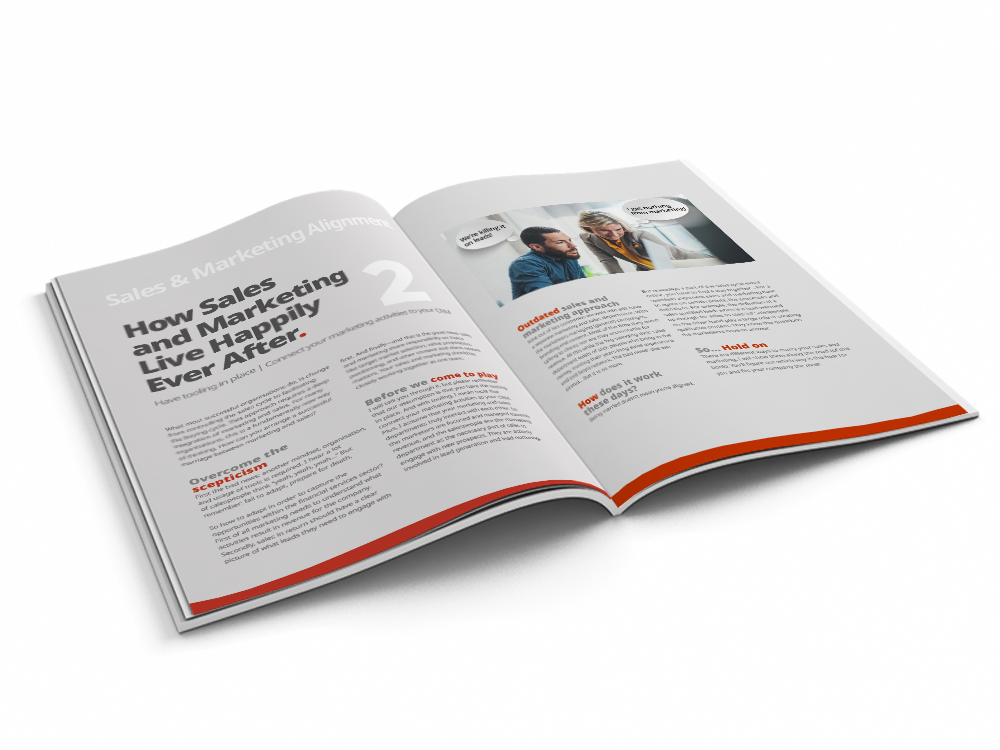
The 7 habits of highly effective fintechs
What are the 7 key habits that are continuously practised by successful fintechs? Follow the habits outlined in this e-book and you will be well on the way to growth.
